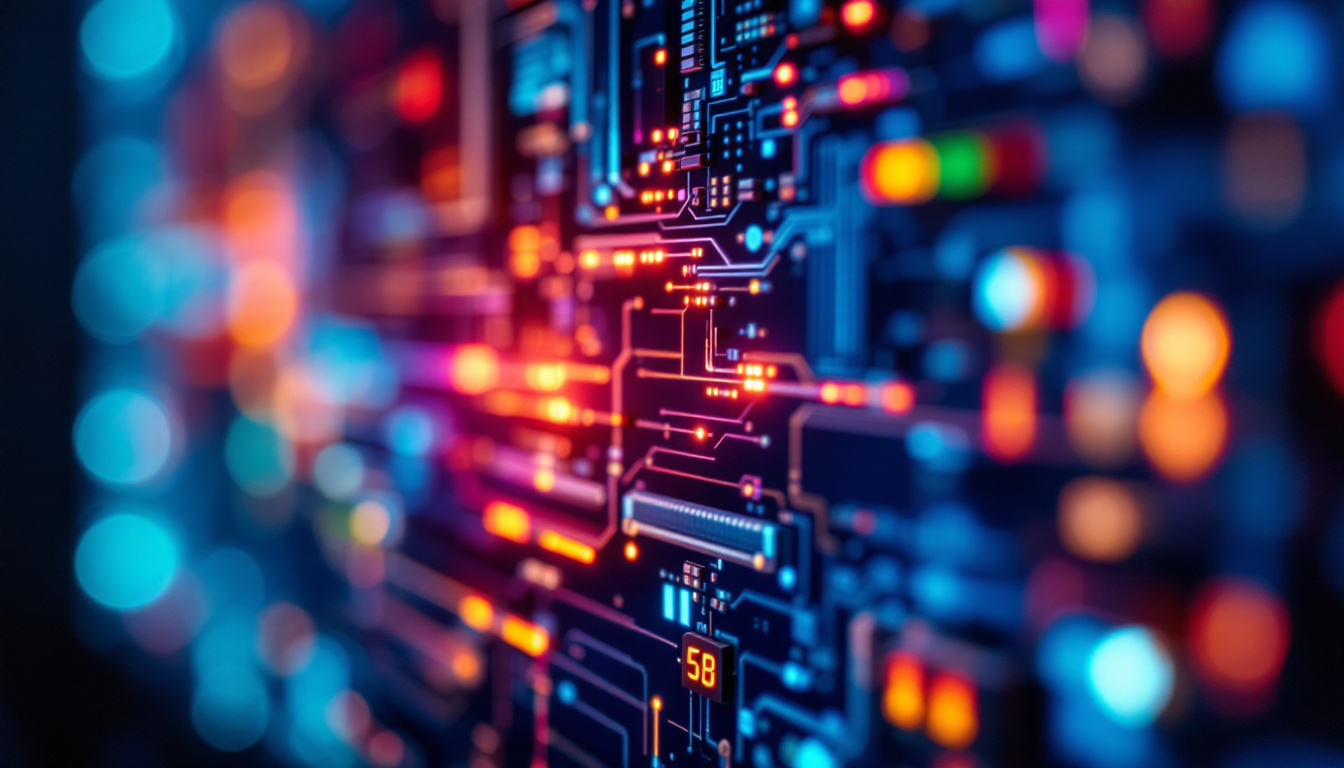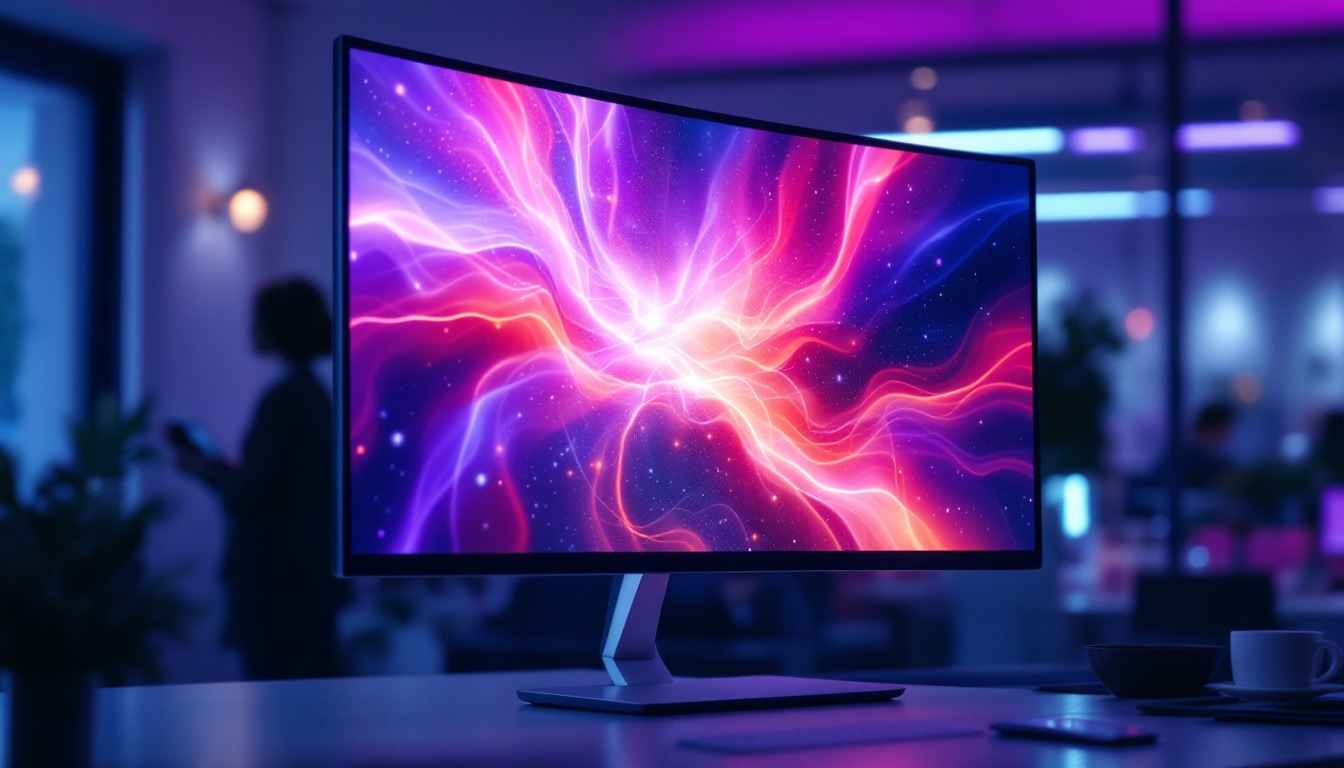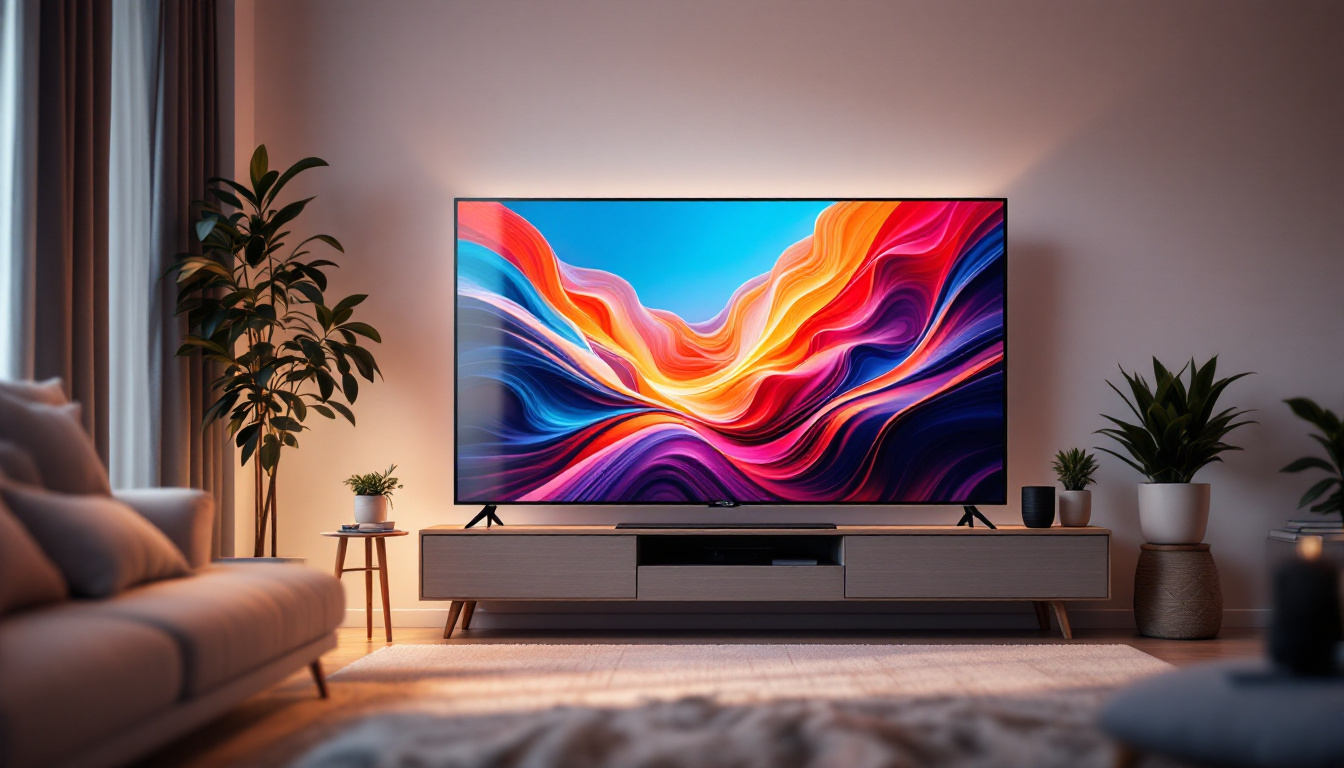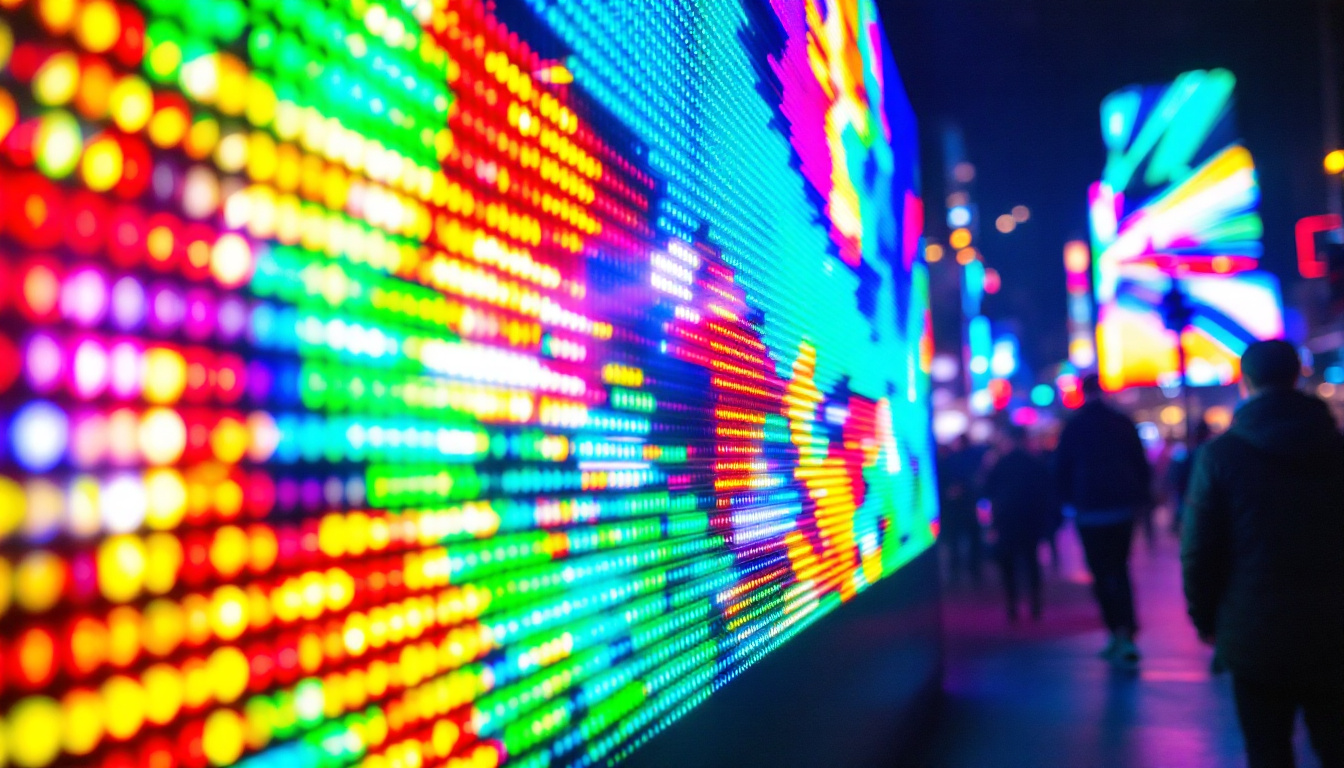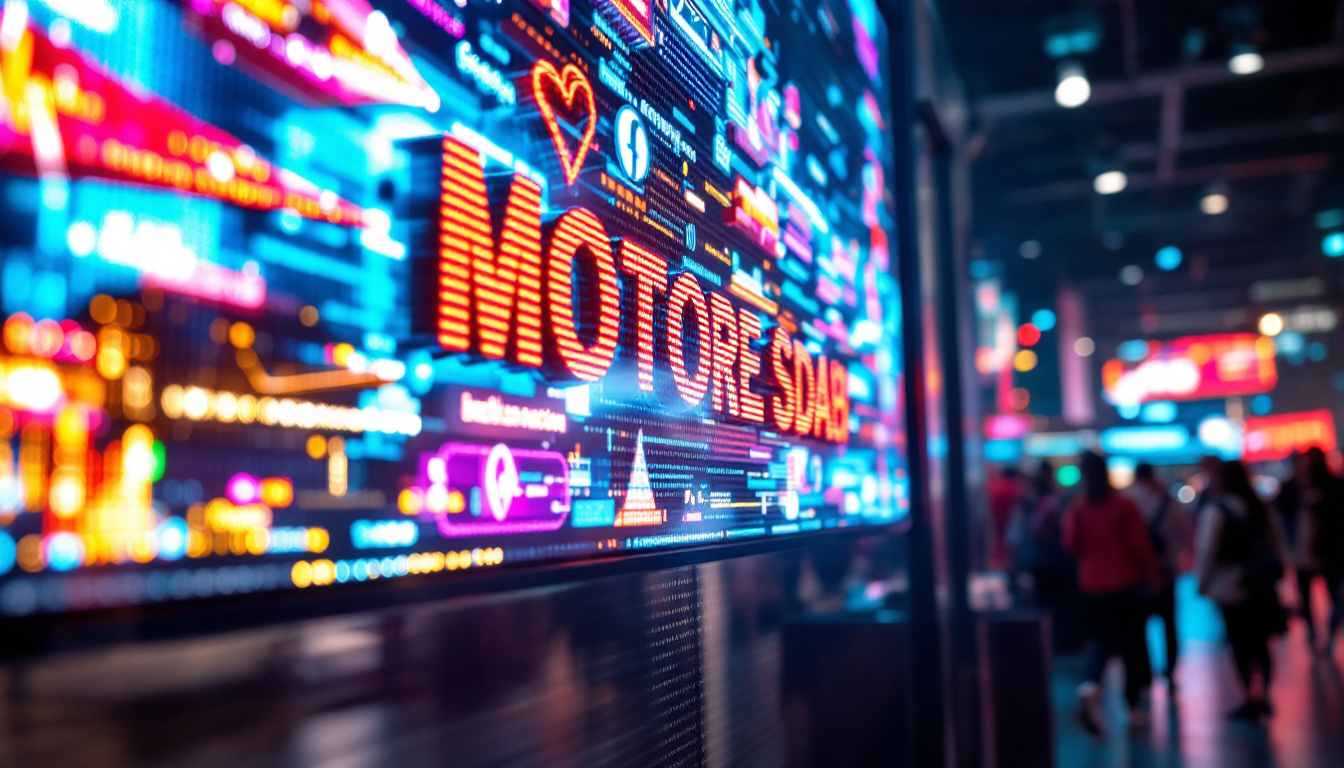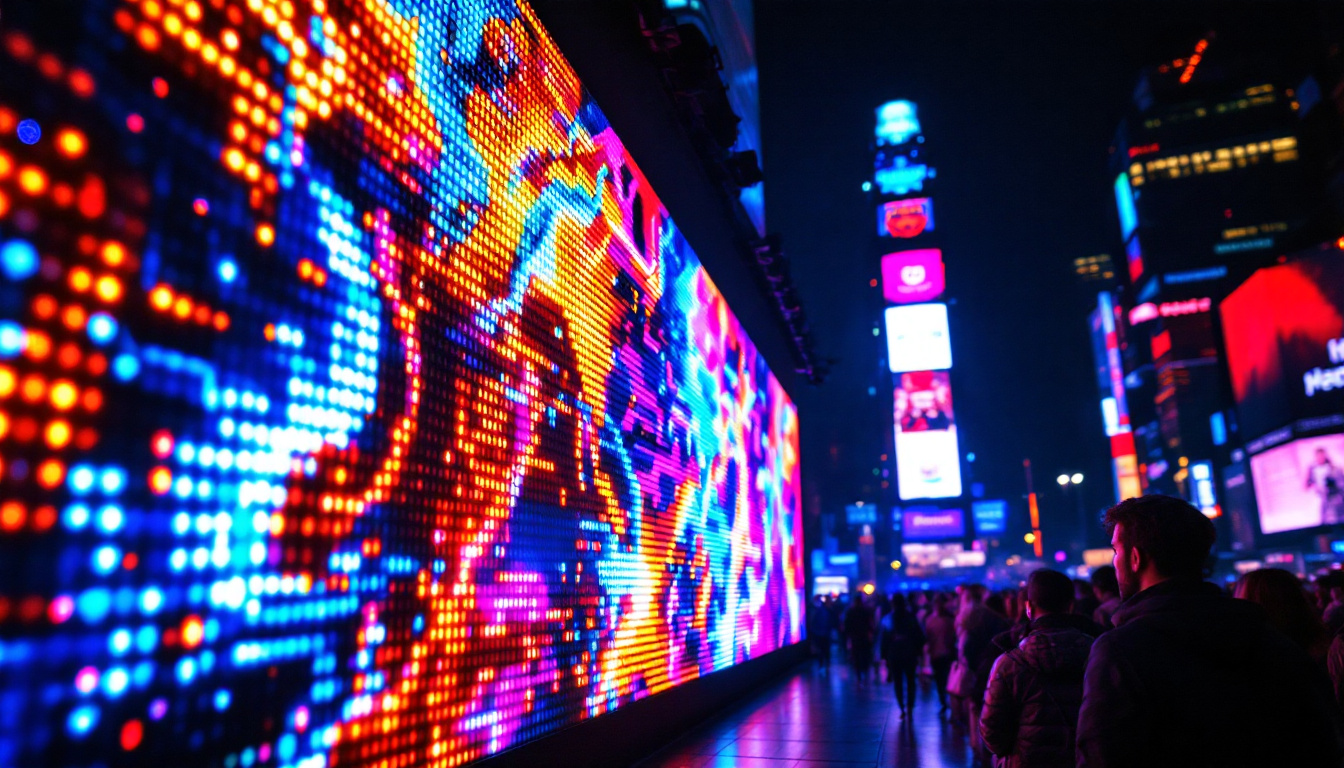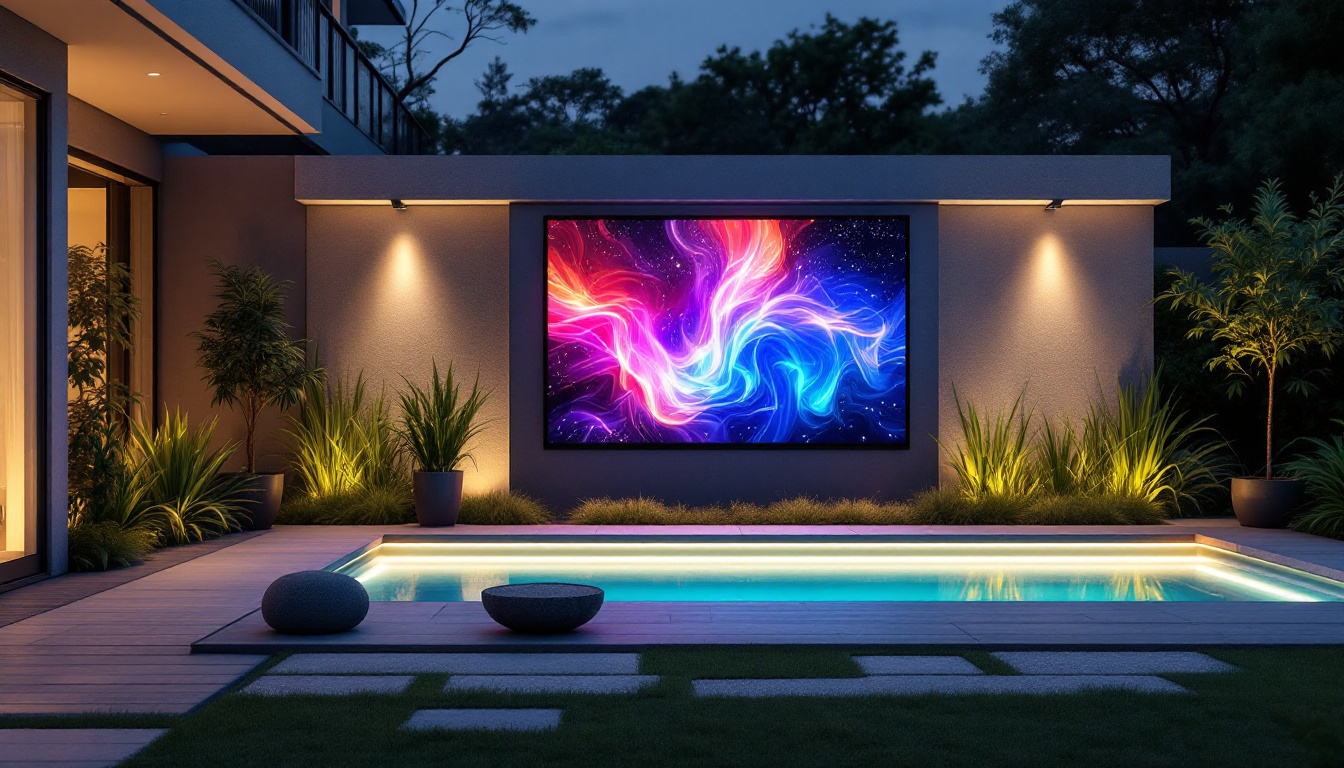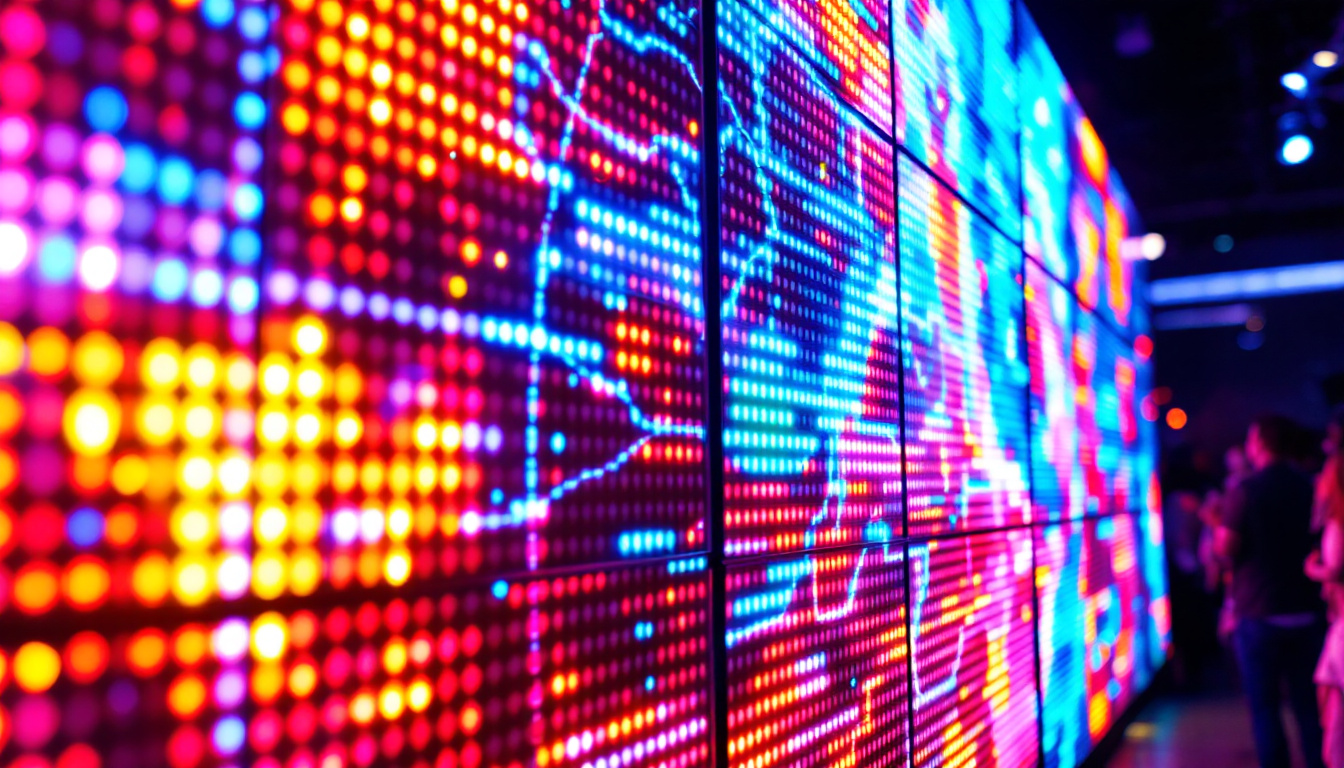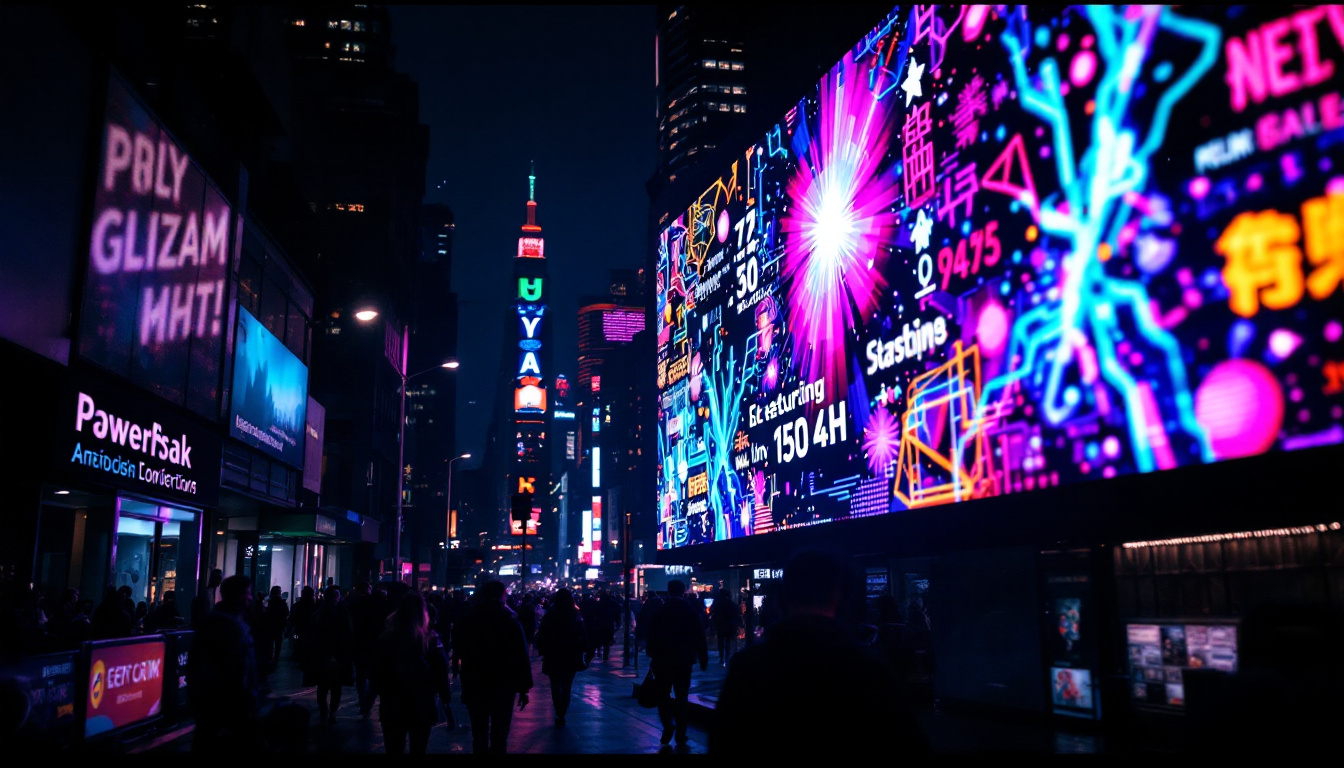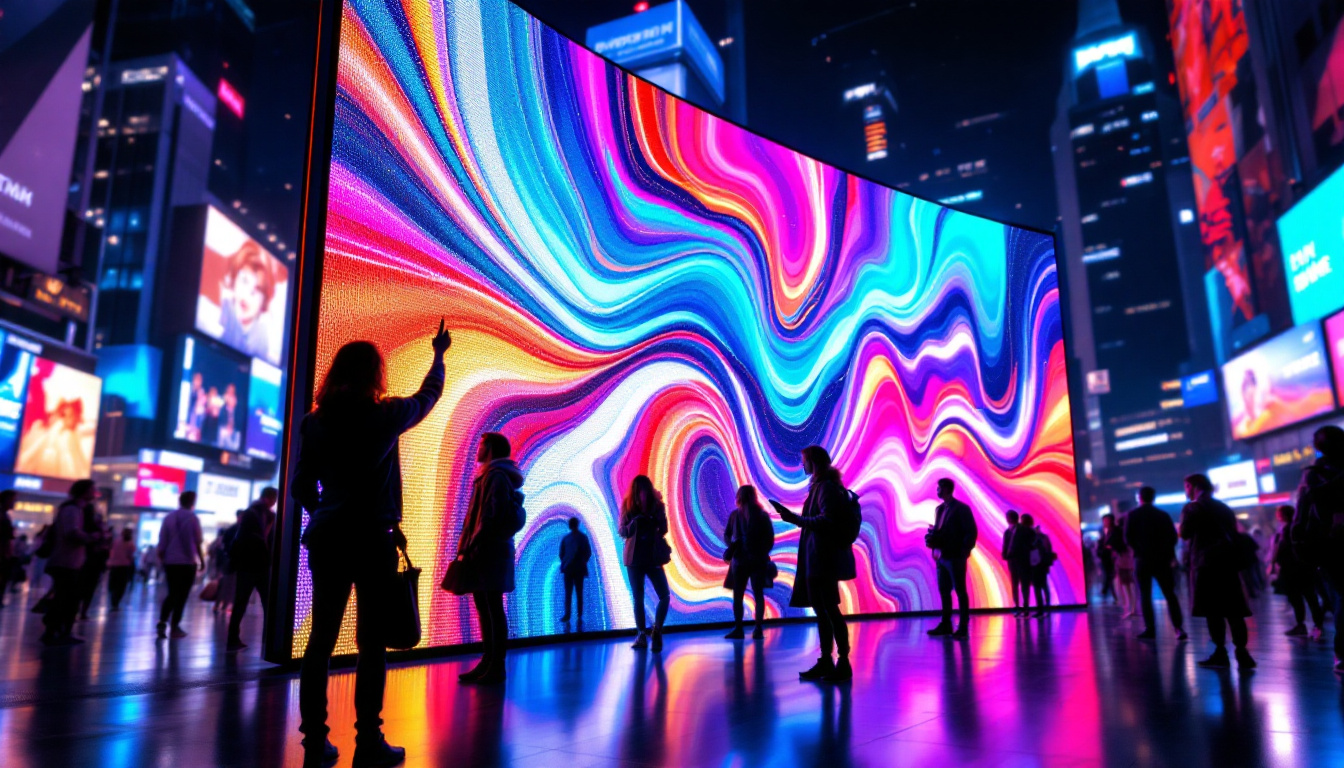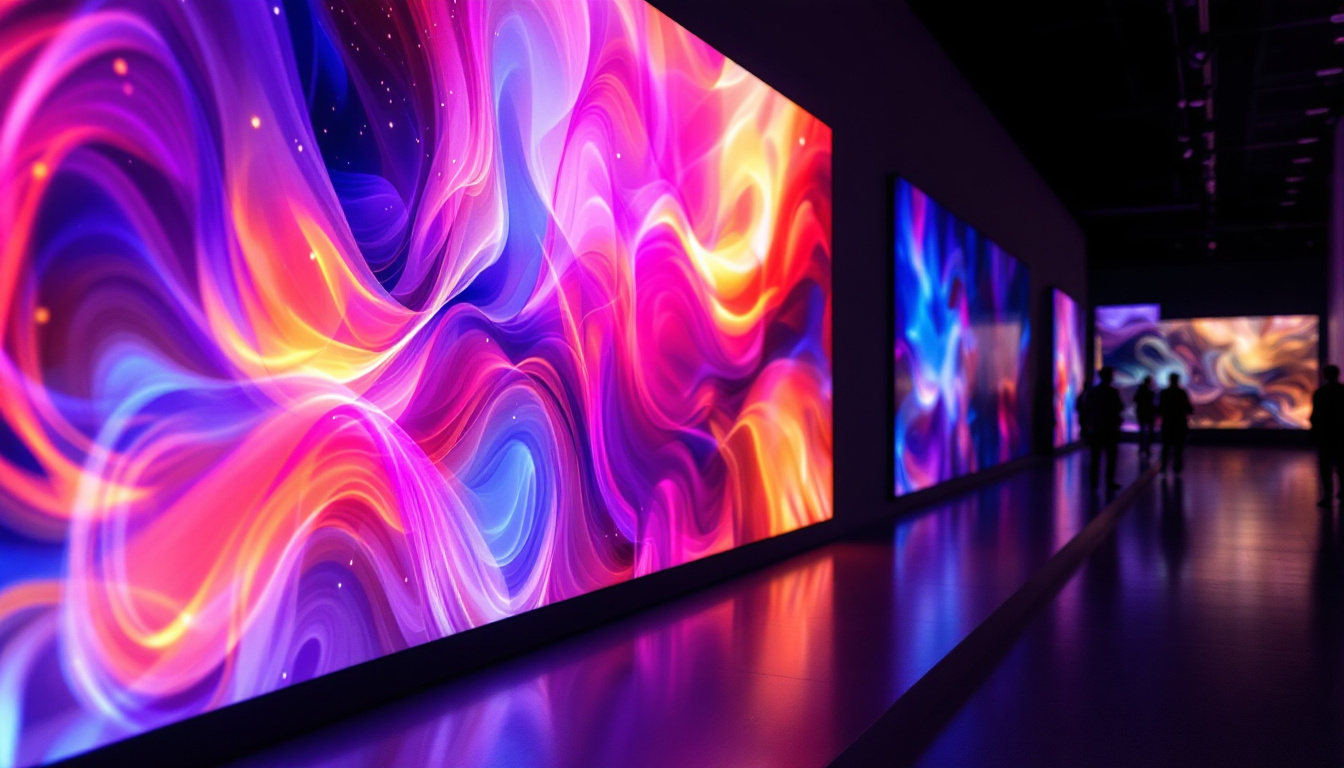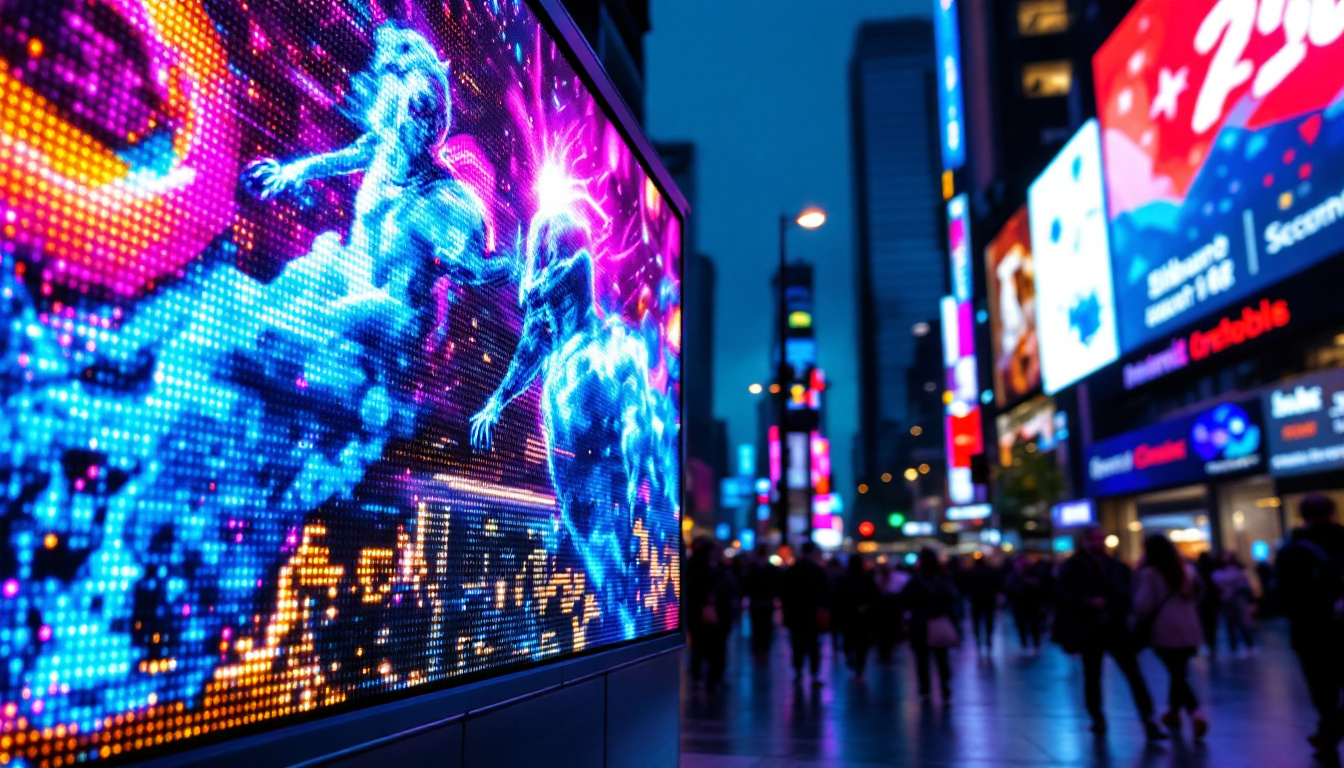In an era where visual technology is constantly evolving, understanding the mechanics behind displays can enhance appreciation for the devices we use daily. Liquid Crystal Displays (LCDs) have become a staple in various electronic devices, from smartphones to televisions. This article delves into the intricate workings of LCD technology, particularly focusing on LED backlighting, and how these components collaborate to create the vibrant images we see.
Understanding Liquid Crystals
Liquid crystals are unique materials that exhibit properties of both liquids and solids. They can flow like a liquid but have the molecular structure of a solid. This duality is what makes them ideal for display technology. When an electric current is applied, the orientation of the liquid crystal molecules changes, allowing them to control the passage of light. This remarkable characteristic not only underpins the functionality of LCD screens but also opens up possibilities for innovative applications in other fields, such as sensors and smart materials.
The Structure of Liquid Crystals
Liquid crystals consist of rod-shaped molecules that can align in various ways. Depending on the type of liquid crystal used, their alignment can be manipulated by electric fields. The two main types of liquid crystals used in displays are nematic and twisted nematic. Nematic liquid crystals have a more straightforward alignment, while twisted nematic liquid crystals have a helical structure that allows for better light modulation. Additionally, there are other types of liquid crystals, such as smectic and cholesteric, each with distinct properties that can be harnessed for specialized applications, including advanced optical devices and temperature sensors.
How Liquid Crystals Respond to Electric Fields
When an electric field is applied to liquid crystals, their molecular structure changes, affecting how they interact with light. This property is crucial for display technology, as it allows for the modulation of light passing through the crystals. The ability to control light in this manner enables the creation of images on the screen. Without this fundamental property, LCD technology would not be possible. Furthermore, the responsiveness of liquid crystals to electric fields can be fine-tuned, allowing for the development of high-resolution displays that can render vibrant colors and sharp images. This adaptability has led to the evolution of various display technologies, including OLED and QLED, which build on the principles of liquid crystal manipulation to enhance visual experiences in consumer electronics.
The Role of Backlighting in LCDs
While liquid crystals are essential for controlling light, they do not emit light on their own. Therefore, a backlight is necessary to illuminate the display. This is where LED technology comes into play. LED (Light Emitting Diode) backlighting has become the standard for modern LCDs, providing bright, energy-efficient lighting. The integration of LED backlighting has revolutionized the way we experience visual content, creating sharper images and more vibrant colors that captivate viewers.
Types of LED Backlighting
There are primarily two types of LED backlighting used in LCD displays: edge-lit and direct-lit. Edge-lit LED displays have LEDs positioned along the edges of the screen, with light spread across the display through a light guide. This method allows for thinner screens but may result in uneven brightness. On the other hand, direct-lit LED displays have LEDs positioned directly behind the screen, providing more uniform brightness and better contrast. Furthermore, advancements in technology have led to the development of full-array local dimming (FALD) systems, which enhance contrast ratios by allowing specific zones of the backlight to be dimmed or turned off entirely, resulting in deeper blacks and more dynamic images.
The Advantages of LED Backlighting
LED backlighting offers several advantages over traditional fluorescent backlighting. Firstly, LEDs are more energy-efficient, consuming less power while providing brighter images. Additionally, they have a longer lifespan, reducing the need for frequent replacements. The color accuracy and range of brightness that LEDs can achieve are also superior, enhancing the overall viewing experience. Moreover, the compact size of LEDs allows for innovative designs in modern displays, enabling manufacturers to create ultra-slim televisions and monitors without sacrificing performance. This flexibility has also paved the way for new form factors, such as curved screens and ultra-wide displays, which further immerse viewers in their content.
In addition to their technical benefits, LED backlighting has also contributed to a more environmentally friendly approach to display technology. With lower energy consumption, LED-lit devices help reduce carbon footprints, making them a more sustainable choice for consumers. Furthermore, many manufacturers are now focusing on responsible sourcing of materials and recycling programs for electronic waste, aligning with global efforts to promote sustainability in technology. As the demand for high-quality visual experiences continues to grow, the evolution of LED backlighting will undoubtedly play a crucial role in shaping the future of display technologies.
How LCDs Create Images
The process of creating images on an LCD involves several steps, from the manipulation of light by the liquid crystals to the final display of colors. Understanding this process can provide insight into why LCDs are so prevalent in modern technology. The technology behind LCDs has evolved significantly over the years, leading to improvements in image quality, energy efficiency, and overall performance. As a result, LCDs are now found in a wide array of devices, from televisions and computer monitors to smartphones and tablets, making them a cornerstone of contemporary visual technology.
The Role of Color Filters
Color filters are integral to the image creation process in LCDs. Each pixel on the display is divided into three sub-pixels, each corresponding to the primary colors: red, green, and blue (RGB). By adjusting the intensity of light passing through each sub-pixel, a wide range of colors can be produced. This combination of colors creates the full spectrum of hues that we see on the screen. The precision of these filters is crucial; even slight variations in the light intensity can lead to significant differences in the perceived color, which is why high-quality LCDs often employ advanced filtering techniques to ensure color accuracy and vibrancy.
Pixel Control and Image Rendering
Each pixel’s brightness and color are controlled by a thin-film transistor (TFT) array. This technology allows for precise control of each sub-pixel, enabling the display to render images with high clarity and detail. The rapid switching of the liquid crystals, combined with the backlighting and color filters, results in the dynamic images that characterize modern displays. Additionally, advancements in pixel technology, such as in-plane switching (IPS) and vertical alignment (VA), have further enhanced viewing angles and color reproduction, making LCDs not only more versatile but also more appealing for various applications. The interplay between these technologies allows for smoother transitions and more lifelike images, which is particularly important in fields such as gaming, graphic design, and video production.
Advantages and Disadvantages of LCD Technology
While LCD technology has many benefits, it is essential to consider both its advantages and disadvantages. Understanding these aspects can help consumers make informed decisions when choosing display technology.
Advantages of LCD Displays
One of the primary advantages of LCD displays is their energy efficiency. Compared to older technologies, such as cathode ray tubes (CRTs), LCDs consume significantly less power. This efficiency translates to lower energy bills and a reduced environmental impact. Additionally, LCDs are lightweight and slim, making them ideal for portable devices and sleek designs. The compact nature of LCD technology also allows for larger screen sizes without the bulk, enabling manufacturers to create impressive large-format displays for everything from televisions to computer monitors. Moreover, advancements in LCD technology, such as LED backlighting, have further enhanced their brightness and color accuracy, making them suitable for a wide range of applications, from gaming to professional graphic design.
Disadvantages of LCD Displays
Despite their many benefits, LCDs do have some drawbacks. One notable issue is the limited viewing angles compared to OLED displays. When viewed from extreme angles, colors may appear washed out or distorted. Furthermore, while LCDs can achieve impressive brightness levels, they often struggle with deep blacks and contrast ratios, which can affect the overall image quality in darker scenes. Another disadvantage is the response time; LCDs can exhibit motion blur during fast-paced action, which may detract from the viewing experience in gaming or sports broadcasts. Additionally, the use of liquid crystals means that LCDs can be more susceptible to image retention and burn-in, particularly in static images, which can be a concern for users who frequently display content like logos or user interface elements. These factors contribute to the ongoing debate among consumers about the best display technology for their needs.
The Future of LCD Technology
As technology continues to advance, the future of LCD displays is likely to evolve as well. Innovations in materials, backlighting, and manufacturing processes are paving the way for improved performance and capabilities.
Emerging Technologies
One of the most promising developments in LCD technology is the introduction of Quantum Dot technology. This innovation enhances color accuracy and brightness by using quantum dots to convert light emitted by LEDs. This results in displays that can produce a wider color gamut and improved overall image quality.
Integration with Other Technologies
LCD technology is also being integrated with other display technologies, such as OLED and MicroLED. These hybrid displays aim to combine the strengths of each technology, offering consumers the best of both worlds. As research and development continue, it is likely that new display technologies will emerge, further enhancing the visual experience.
Conclusion
Liquid Crystal Displays have revolutionized the way we interact with technology. Understanding how these displays work, from the properties of liquid crystals to the role of LED backlighting, provides insight into their widespread use in modern devices. As technology continues to advance, LCDs will likely evolve, incorporating new innovations that enhance their performance and capabilities.
Ultimately, the combination of liquid crystals and LED backlighting has created a display technology that is not only efficient but also capable of delivering stunning visuals. Whether in a smartphone, television, or computer monitor, the impact of LCD technology is undeniable, shaping the way we consume media and interact with the digital world.
Discover Cutting-Edge LED Displays with LumenMatrix
As you’ve explored the intricacies of LCD technology and the transformative role of LED backlighting, imagine the possibilities with LumenMatrix’s innovative LED display solutions. LumenMatrix is at the forefront of LED display technology, offering an extensive range of products from Indoor and Outdoor LED Wall Displays to specialized solutions like Vehicle LED Displays, LED Sports Displays, and even Custom LED Displays. Embrace the future of visual communication and check out LumenMatrix LED Display Solutions to create immersive environments, enhance brand visibility, and deliver your message with unparalleled clarity and impact.

